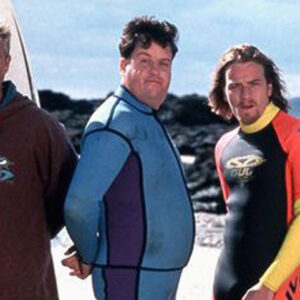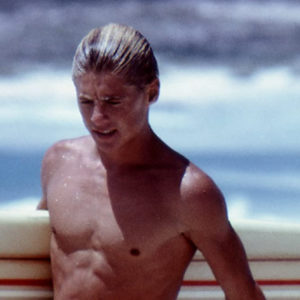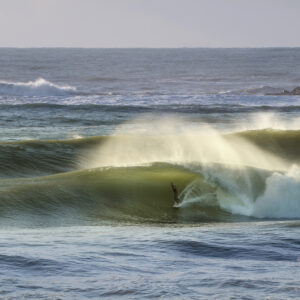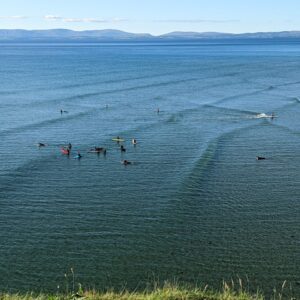[During the Vans Triple Crown, we’ll be bringing you a whole stack of stories centred around Hawaii’s North Shore. You can read them all here.]
In the 1800s, amid frequent wars with Russia and China, Japan’s military government seized on what they hoped would be a game-changing tactic.
Inspired by the ancient Samurai’s commitment to suicide over capture, the government taught its soldiers it was far more honourable to die than to surrender.
When the Pacific Wars began in 1941, they took it one step further, circulating propaganda that encouraged suicidal attacks on enemy forces. Death was defined as duty, as illustrated by one campaign created a year before the end of WWII, named ‘100 million shattered jewels’, that implied the nation’s entire population would be sacrificed if necessary. As a result, over the course of the war, battalions of Japanese soldiers would regularly charge at allied forces, with weapons drawn.
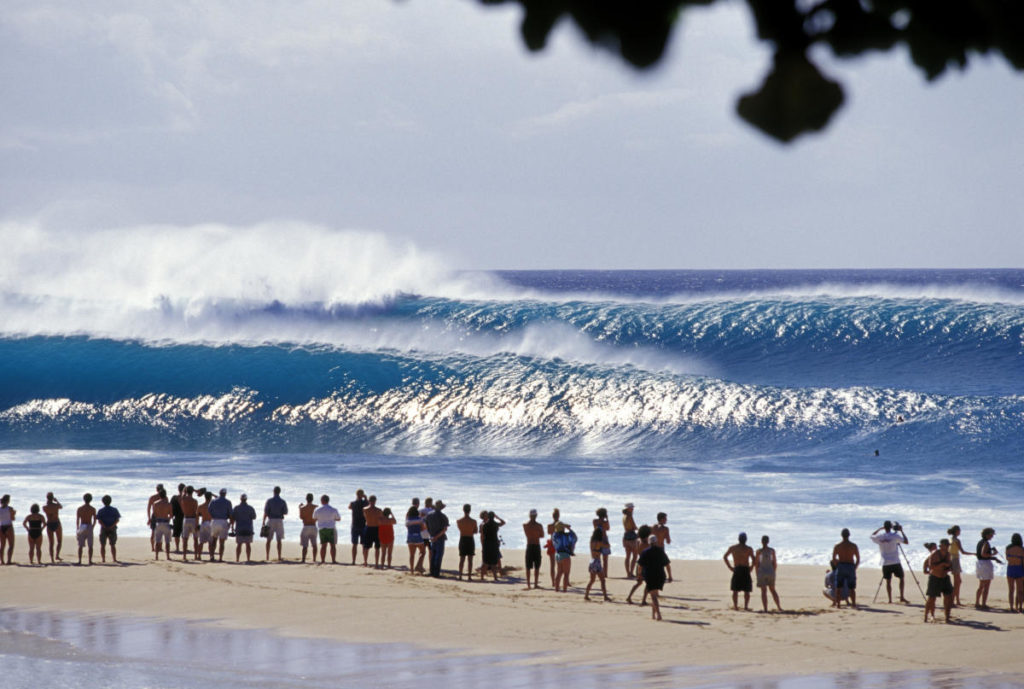
But what on earth does all this have to do with the world’s most famous surf spot?
Well, the battle cry that accompanied this tactic was “Tennōheika Banzai,” which translates to ‘long live his majesty the emperor,’ but due to inherent time constraints, was usually shortened to just ‘Banzai!’
American forces stationed around the Pacific knew this cry and the attack that accompanied it all too well during the 4 years they battled the Japanese in the Pacific. After the war ended, many of the surviving American soldiers settled in Hawaii and it was they who first named the stretch of sand on Oahu’s north shore ‘Banzai beach,’ apparently because of the deadly looking waves that regularly pounded the shore. While there’s not a huge amount of evidence for this claim, reports of the shaking earth and thundering sound that accompany the finale of each wave’s charge towards the shoreline at Pipe certainly lend it credence.
Then in December 1961, a pair of visiting Californian surfers named Phil Edwards and Mike Diffenderfer paddled out and caught what are widely accepted as the first-ever waves ridden at Banzai beach- in modern times at least. The following morning, they returned with Endless Summer director Bruce Brown in tow, who captured the ensuing session, with a few of the waves making it into his ‘62 film Surfing Hollow Days. While leaving the beach, Diffenderfer apparently observed a series of massive concrete pipes being used on a building site nearby and noting their similarity to the waves he and Phil had just been surfing, suggested to Brown that the spot be named Pipeline.
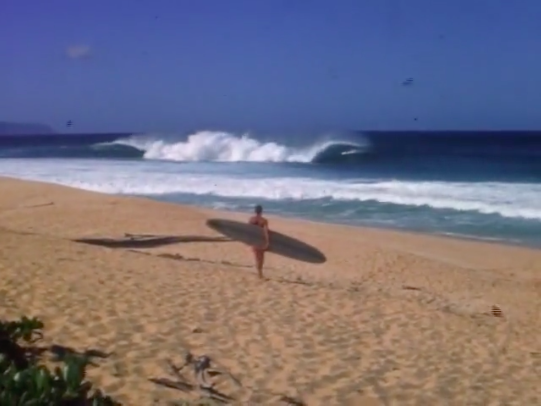
Two years later, the name was heard around the world, when the Chantays used it as the title for an instrumental track which went to no.4 in the US charts.
Throughout the following decades, the stretch was split into various surf spots; there’s backdoor, which refers to the right that breaks off the Pipeline peak (named by Bruce Valluzzi in 1968), second reef; which comes alive when the swell exceeds 10-12 foot, and offers surfers an early take-off and roll in to the barrel on the inside and third reef; an ugly, shifting big wave bombie, located about 400 yards off the beach, which is seldom tackled.
In the 60 odd years since the spot got its name, Pipeline has become the famous surf break in the world. A small patch of reef and sand that has served as a focal point in almost all of surfing’s most celebrated careers, starred in hundreds of movie parts and mag covers, doled out many heinous beatings, claimed several lives and provided the stage for competitive surfing’s most important showdown, which you can catch streaming live into your living room on December 8th.
Cover photo: WSL // Kirstin Scholtz


